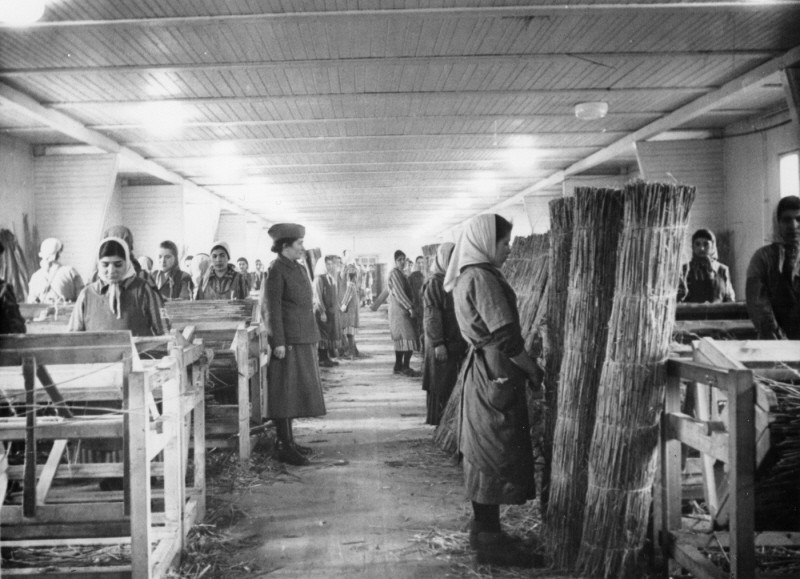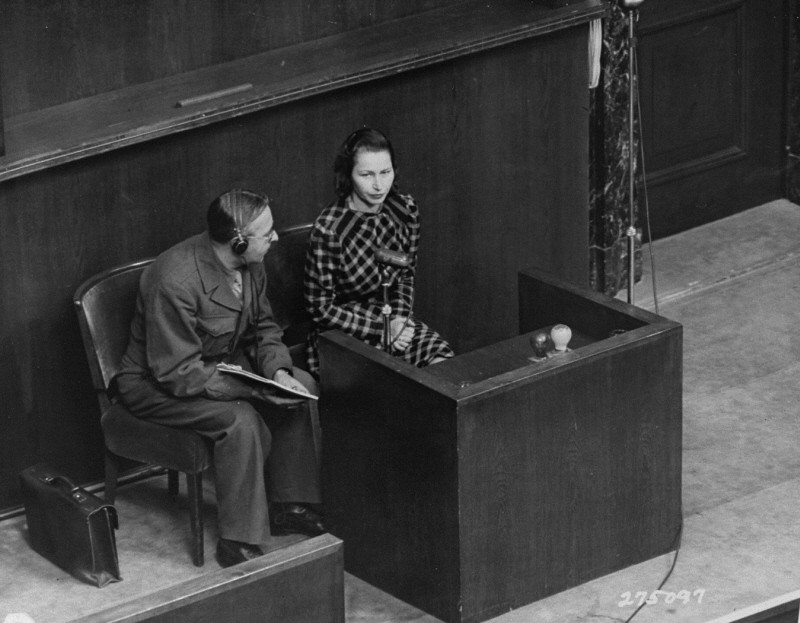
Ravensbrück: Key Dates
November 1938
German authorities begin construction of the Ravensbrück concentration camp.
December 1938
SS Colonel Günther Tamaschke becomes the first camp commandant at Ravensbrück.

May 1939
The SS transfers 900 women from the Lichtenburg women's concentration camp to Ravensbrück concentration camp. They are the first women in Ravensbrück.
January 1, 1940
SS Captain Max Koegel replaces Günther Tamaschke as camp commandant.
April 1941
SS authorities establish a small men's camp adjacent to the Ravensbrück main camp.
Spring 1942
SS authorities begin sending prisoners they "selected" as unfit for work at Ravensbrück to a sanitarium in Bernburg, which, equipped with gas chambers, serves as a killing center for people with physical and intellectual disabilities within the framework of the so-called "Euthanasia" Program of the Nazi regime. The SS authorities send nearly 2,000 Ravensbrück prisoners to their deaths in this manner during the spring of 1942.
Late 1942-1944
Camp authorities initiate a second round of killings at "euthanasia" killing centers. During this phase, around sixty transports leave Ravensbrück for the "euthanasia" killing center at Hartheim, near Linz, Austria, with between 60 and 1,000 prisoners each.
Summer 1942
SS medical doctors begin subjecting prisoners at Ravensbrück to unethical medical experiments. Many of the women subjected to such experiments die as a result.
August 20, 1942
SS Captain Fritz Suhren replaces Max Koegel as camp commandant.
Early March 1945
The SS begins "evacuating" Ravensbrück with the transport of 2,100 male prisoners to Sachsenhausen.
Late March 1945
The SS transports about 5,600 female prisoners from Ravensbrück to the Mauthausen and Bergen-Belsen concentration camps.
April 1945
SS guards force about 20,000 female prisoners, as well as most of the remaining male prisoners, on a brutal and forced evacuation on foot toward northern Mecklenberg.
April 29-30, 1945
Soviet forces liberate the Ravensbrück concentration camp.

1946-1948
British military courts try members of the Ravensbrück concentration camp staff. The courts find ten SS authorities and camp functionaries guilty; nine are sentenced to death, while one is given a prison sentence of ten years.
1948
Soviet military tribunals in the Soviet zone try Ravensbrück camp guards in several different trials; most are sentenced to prison.
1947
A Polish court finds former Ravensbrück camp guard Maria Mandel guilty and sentences her to death.
1949
Former Ravensbrück camp commandant Fritz Suhren is tried by a French military court in 1949, along with the director of forced labor at Ravensbrück, Hans Pflaum. Both are sentenced to death.
1950s and 1960s
East German courts continue to prosecute former Ravensbrück camp personnel.
1965-1966
The last Ravensbrück trial takes place in East Germany
Critical Thinking Questions
- To what degree was the local population aware of this camp, its purpose, and the conditions within? How would you begin to research this question?
- Did the outside world have any knowledge about these camps? If so, what, if any, actions were taken by other governments and their officials?
- What choices do countries have to prevent, mediate, or end the mistreatment of imprisoned civilians in other nations?
- Investigate the experiences of women under Nazi persecution.

